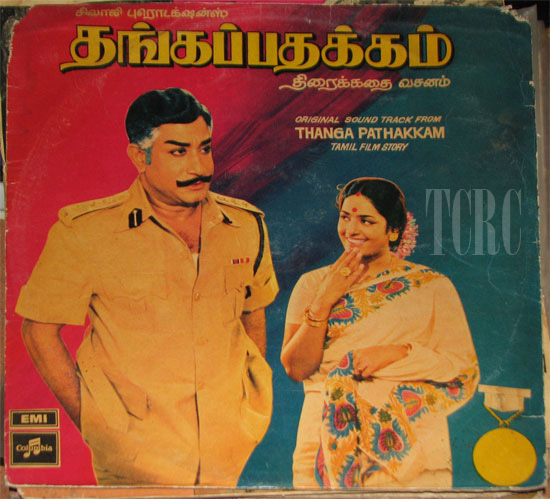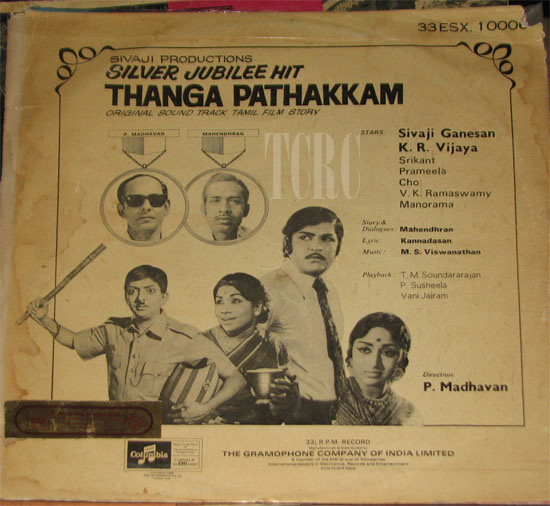By P V Gopalakrishnan
A Lullaby, as per Cambridge dictionary, is “a quiet song that is sung to children to help them go to sleep”. Indeed, a down-to-earth meaning, as we commonly perceive them to be. It is said that when babies are disturbed by sudden movements or noises, their blood pressure and heartbeats shoot up instantly when a Lullaby could draw the disturbed child back to normalcy by calming them, in a jiffy. So, it is music therapy that is engrained in lullaby.
Ancient literatures have lullabies in them. Sages and ascetics have sung what are known as ‘PiLLai Thamizh’ in Tamil literature on Celestial Entities. Bhakthi has found its apt expression in the lullaby composition, ‘Mannu pugazh Kosalai thum mani vayiru vaaythavane’ on Lord Rama, by Kula Sekara Azwar.
The poignant lullaby “Omanathingal Kidavo”, had been composed by the famous Malayalam poet Iravi Varman Thampi as lullaby for the young Swathi Thirunal, strikes a tender chord as its soothing notes have lulled generations of children asleep.
Rhythmic usage of words like ‘Aararo’ and ‘thalelo’ are used in ancient Tamil lullabies, typically. Grannies used to twirl their tongue making phonetics to sound like ‘loLa loLa loLa aayeee’ to calm the child.
Lullabies are a part of the cultural legacy of humanity and they have always found a place, rightfully, in films.
The filmy lullaby has had even the proud history of being nominated to Oscar, with the Tamil lullaby, composed and sung by the popular Carnatic vocalist Bombay Jayashri in the Hollywood film ‘Life of Pi’ going for Oscar nomination!
Traditionally, Raga Neelambari is associated with lullabies. However, movie lullabies follow a freelance pattern and do not restrict only to Neelambari. The movie lullabies are set to soft music using music instruments such as pipo-fone, piano, flutes, sitar, bells, vibrafone etc. that produce baby friendly sounds, attributable to sleep mode. Listen to this beautiful Hindi lullaby, based on a Bengali tune, from ‘Sujata’.
Our own cinemas have featured many a lullaby, with various underlying emotions of the character that renders the lullaby song on screen. But the situations in which these lullabies were included in films had their own unique connotations, some sorrowful, some wishful about posterity, some tickling funny bones, some inspirational and some comical.
There have been innumerable lullabies on our Tamil screen & this writer could enlist about thirty of them in this write up, discussing some of them.
It is commonplace for a mother to sing a lullaby to her offspring, which is full of positive things as the child grows. She packs her natural love & affection into it that it is a form of maternal blessing, so to say, to the child, as it tries to catch forty winks.
The memorable songs in this ‘love & affection’ category include ‘Anbil malarntha nal roja’ (Kanavane Kan Kanda Deivam), ‘Kanne vanna pasunkiliye’ (Yanai valartha vanampadi), ‘Kannin maniye vaa’ (Valliyin Selvan), ‘Poonchittu kannangal’ (Thulabaram), ‘Thenral vandhu veesadho’ (Sivagangai Seemai), ‘Velli nila mutrathile’ (Vettaikaran) featuring either of the parents of the child, in the filmed sequence as rendering the lullaby.
The below video is of a beautiful lullaby from ‘Kanavane Kan Kanda Deivam’ (1955), filmed on Anjali Devi, was in the music score of Hemant Kumar & the singer was P.Suseela. The music arrangement is simple with violins & guitar as main instruments.
Another beautiful lullaby of classical base, whose video is below, ‘Kannin maniye vaa’ rendered by M.L.Vasanthakumari in ‘Valliyin Kanavan’ (1955) in the music of P.S.Anantharaman, has been filmed on a lactating mother, enacted by M.S.Sundari Bai.
Another very melodious lullaby rendered by twin singers, S.Varalakshmi & T.S.Bhagavathy, is in the following video. The moving music, full of classical flute notes, was by MSV-TKR from the Kannadasan produced ‘Sivagangai Seemai’ (1959).
A fatherly lullaby can be heard in the following video, filmed MGR. T.M.Sounderrajan has rendered it very movingly in the melodious soft music of K.V.Mahadevan from the film ‘Vettaikaran’.
Sometimes, the lullaby incorporates situational advice to cajole a crying child as was in the famous film lullaby ‘Chinna pappa enga chella pappa’ (Vanna KiLi), where the mother tries to administer normalcy in an otherwise tense situation.
Often the lullabies also have an intense reflection of pathos & suffering, as are reflected in Blues genre of Western Music. We may cite such songs in the examples of ‘Konju mozhi sollum kiLiye’ (Parasakthi), ‘Malarnthum malaratha’ (Pasa Malar).
There are also lullabies incorporating tinges of inspirational messages, as was in ‘Kaala magaL kaN thirappaL’ (Ananda Jothi), as the character played by Devika sang to the then child star Kamal Hassan.
Even in comedy situations films have featured a lullaby genre of songs, an example of which could be the parody number, ‘Appappa naan appan allada’ (Galatta Kalyanam), where the situation demands Sivaji Ganesan to bring home & tend a baby! The way he dances about the baby, it must have given colic pain to the bay! Then in the same comedy flavor was another lullaby ‘Budhi sigamani petha pullai (Iruvar Ullam), unusually filmed on M.R.Radha.
In stark contrast, there could be situations of utter frustration & sadness triggering a lullaby as in the famous ‘Ean piranthay magane’ (Baga Pirivinai), where the handicapped hero laments about a son being born to him in the unfortunate ambience and ’Poo maalai puzhuthi maN mele’ (Parasakthi).
Of course, utter proudness & exuberance do not deter a parent from singing a lullaby, instances of which are too many in our films. ‘Athai madi methaiyadi’ from Karpagam, ‘Chella Kiligalam’ (Enga Mama) (it was a mass lullaby for a group of children under the hero’s mentorship), ‘Min miniyai kanmaniyay’ (Kannan en kadhalan), ‘Naan petra selvam from the movie of same title, ‘Nee sirithal naan sirippen’ (Pavai ViLakku), ‘Pachai maram onru’ (Ramu) are all classic instances.
When you listen to ‘Chellakiliye mella pesu’ (Petralthaan pillaiya), off screen, it is a perfect lullaby of melancholic strains. But when you see the visuals MGR has enacted the song totally in a happy situation.
The other reflectively rendered slow paced Tamil film lullabies are ‘Neela vanna kanna vada’ (Mangayar Thilakam), ‘Chinnanchiru kanmalar’ (Pathi Bakthi), ‘Araaro nee yararo’ (Rajamukthi), ‘Eazhu malai andavane’ (Kalyanam panni paar), ‘Ellorum unnai nallavan enre’ (Bagyavathi), ‘Kalamithu kalamithu kannunurangu’ (Chithi), ‘Kanne Kamala poo’ (Periya Koil), ‘Kannan Varuvan’ (Panchavarnakili), ‘Kanne Raja kavalai vendam’ (Bagyalakshmi), ‘Mannukku maram barama’ (Thai piranthal vazhi pirakkum), ‘Ore oru oorile’ (Padikkatha medhai) & ‘Pillaikku thanthai oruvan’ (Parthal pasi theerum).
The opportunity of watching a lullaby sequence in a film has greatly diminished these days & it could even become extinct some day, as the trend of movies have departed from the film subjects of the bygone days..
But the music directors of different times have gifted us with beautiful lullaby songs that enhance our listening pleasures, even today. We will cherish them forever, for sure!









